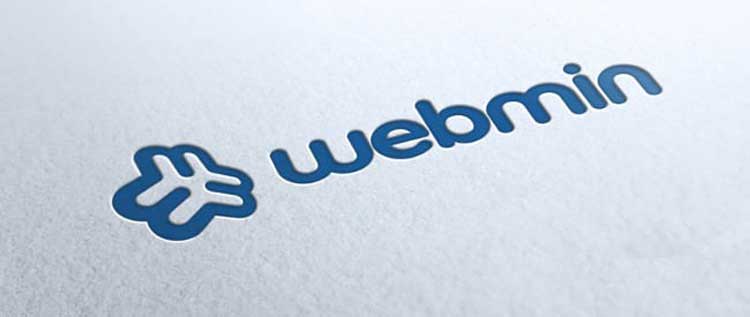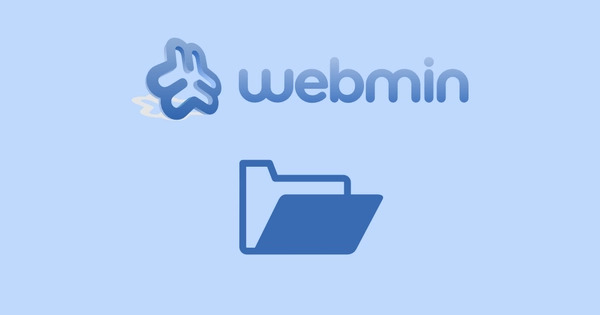Webmin: What is it?
Webmin is a free, open-source application for Linux server administration. If you prefer to manage all aspects of your Linux VPS or dedicated server from a graphical interface instead of the command-line interface (CLI), it might be right for you.
What is Webmin?
Webmin is a web-based interface for system administration for Linux/Unix. It also allows for controlling many machines through a single interface, or seamless login on other Webmin hosts on the same subnet or LAN. You would use any modern web browser to connect to your server. It removes the need to edit Linux/Unix configuration files manually, and it lets you manage a server from the console or remotely. You can configure operating system internals such as users, service or configuration files, and disk quotas and modify and control open source applications such as Apache or Tomcat, PHP, MySQL, DNS, and file sharing. It is based on Perl and runs as its process and the webserver.

Although many people have contributed patches and translations into additional languages, most of the development was done by Jamie Cameron. Webmin is under a BSD-like license and is freely distributed and modified for commercial and non-commercial use. It supports the concept of modules (a list of third-party modules can be viewed here. Anyone can develop and distribute Webmin modules for any purpose, and distribute them under any license (such as GPL, commercial, or shareware).
Is it secure?
Admins must modify the Webmin config file to enable the password expiration feature for accounts, meaning most Webmin installations are most likely safe from exploitation attempts.
Can you access Webmin?
It can be accessed from a browser either on the local client – the computer on which Webmin was installed – or from a remote workstation unless the tool is blocking IP addresses located outside the network. You can change the software’s configuration to allow other PCs to access Webmin remotely.
Related Software
You can expand Webmin by installing modules, that can be custom-developed. Aside from this, two other significant projects extend the functionality:
- Usermin presents and controls a subset of the features available in Webmin, such as webmail and other user-level tasks, rather than administrator-level.
- Virtualmin is a web hosting control panel. Out of the box, Virtualmin enables users to host websites under domains. Virtualmin gives the server admin and the end-user an easy-to-use interface for managing their websites.

Conclusion
While this article touches briefly on the numerous things that Webmin can do, It is one of the best tools for managing your Linux/Unix servers. It provides helpful functionality for both novice and power users. It allows power users to customize their servers without worrying about updates removing custom configurations. Your trusted hosting provider can also provide you with support in assisting you with Webmin.